Our images of black holes are about to get even sharper, thanks to a new pilot experiment from the Event Horizon Telescope that demonstrated new capabilities.
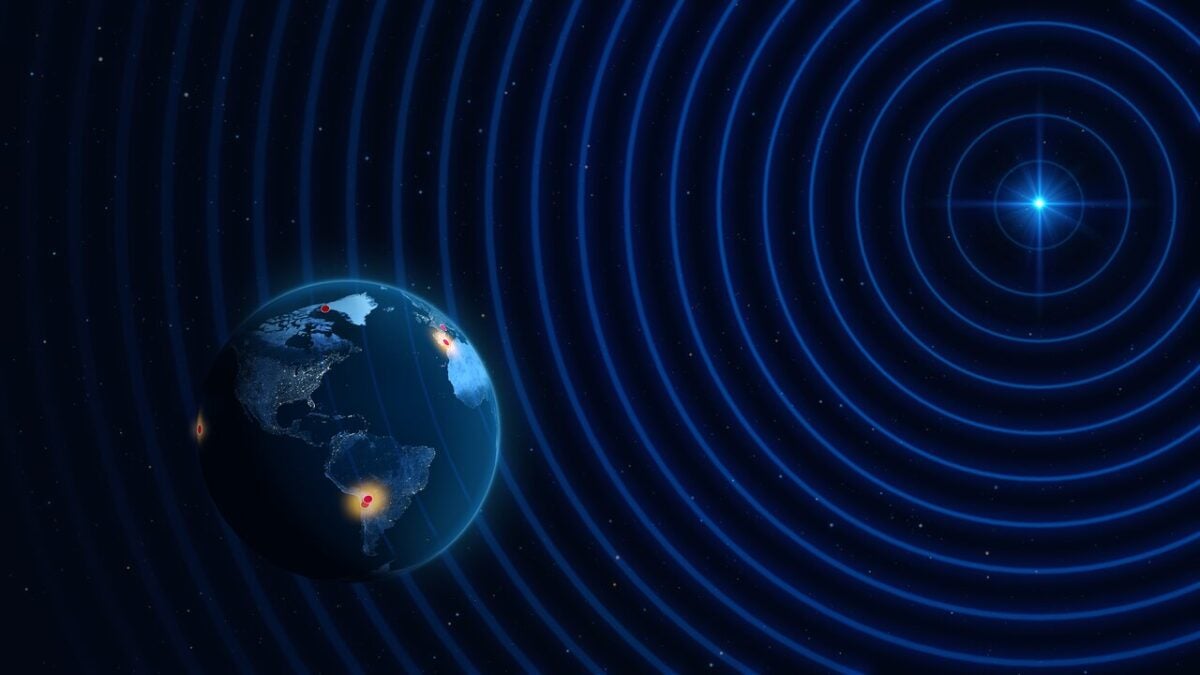
A recent experiment using radio telescopes affiliated with the Event Horizon Telescope has obtained the sharpest astronomical images ever taken from Earth. Credit: ESO/M. Kornmesser
The Event Horizon Telescope (EHT) was designed to image some of the most gigantic structures in the universe, and a new observation has pushed it to its limits.
In a study published in The astrophysical journalScientists working at the EHT (a consortium of 11 radio telescopes spread across nine sites around the world that act as one giant telescope) used all of its power to detect light from four galaxies several billion light-years away. The result is the highest-resolution telescope image ever taken from the surface of the Earth (there are a few higher-resolution images obtained by ground-based and space-based observatories).
The EHT was built to observe black hole event horizons at extreme resolution: by connecting telescopes around the world, the network can observe with the resolution of a planet-sized telescope. But this experiment used another strategy to sharpen its vision even further: looking at shorter wavelengths of light. Observations were narrowed down to wavelengths of 0.87 millimeters, shorter than the 1.3 mm used to observe black hole event horizons. Supermassive black hole at the center of our galaxy (called Sgr A*) as well as The one at the center of the galaxy Messier 87 (M87*) And the shorter the wavelength, the better the potential resolution.
“It's like the EHT is getting glasses,” says Sheperd. Doelemanastrophysicist at the Harvard-Smithsonian Center for Astrophysics in Cambridge, Massachusetts, and the second of hundreds of authors on the paper who are part of the massive EHT collaboration.
The new study did not rely on all 11 telescopes, but instead used primarily the Atacama Large Millimeter-submillimeter Array and the Atacama Pathfinder Experiment, with additional observations from the IRAM 30-meter telescope in Spain, the Northern Extended Millimeter Array in France, and the Greenland Telescope and the Submillimeter Array in Hawaii.
The four galaxies that have been observed (J0423−0120, J0510+1800, J0521+1638.411 and J0522−3627) are frequently used to calibrate telescopes prior to observing tests. They are also visible to all telescopes used and are very bright, making them good targets for an observing test.
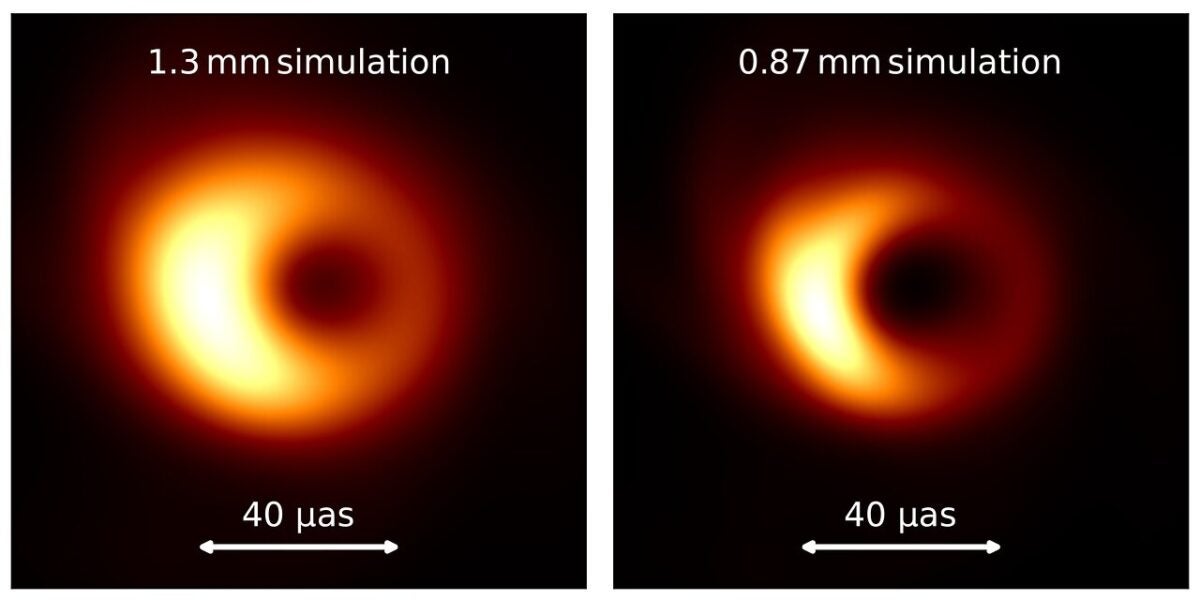
Seeing black holes in a new light
Doeleman says there are a few other important aspects of EHT's new capabilities, including the ability to take color images. “They will be false-color images, but you'll be able to see what Sgr A* or M87 look like at different frequencies,” he says.Most telescope images are in false color. (To draw out more details.) “Imagine going from black and white to color. You end up seeing textures, you end up seeing different reflections in different colors of the environment around you. You see things you didn’t even think to look for because you have this new dimension of color.”
Related: JWST sees light invisible to the human eye. These scientists decide how to color it
This will allow us to study in more detail the light entering a black hole, providing information on how black holes generate plasma bubbles.
Members of the EHT consortium plan to target supermassive black holes at the centres of nearby galaxies, which will allow for a better understanding of these cosmic colossi. According to a press release from the European Southern Observatory, the level of detail will be “equivalent to seeing a bottle cap on the Moon from Earth.”
Telescopes too to be able to make “movies” With the new resolution observations, Sgr A*, being so close to us, can be observed in real time, and M87 can be seen in slow motion, allowing astronomers to obtain new details about how matter is attracted and consumed by a black hole.
EHT researchers are already analysing data from Sgr A* and M87 at the new frequencies that could be released next year. In addition, new observatories could be added to the telescope to make the virtual telescope even more powerful; one has already been approved for the Canary Islands and others are being studied in places such as South Africa, Mexico and Wyoming that could improve the work and attract more collaborators.
“It's a truly extraordinary team that has come together to do this,” Doeleman says. “We rely on dedicated engineers and observers from around the world working together to accomplish something like this and you have to take your hat off to the whole team for coming together and making it happen.”







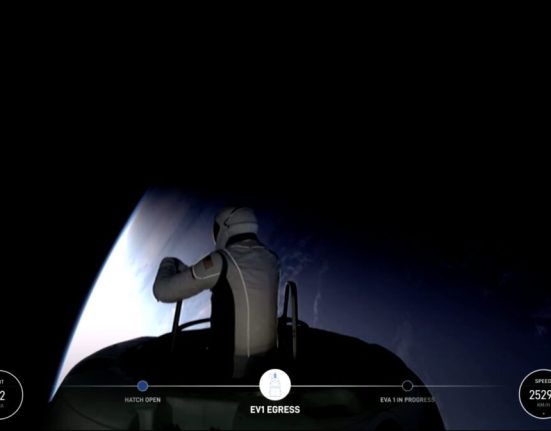

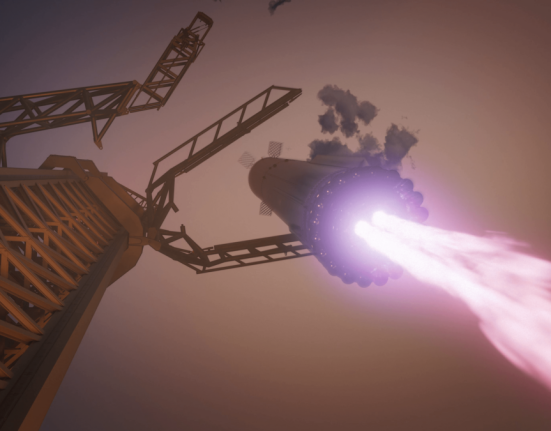
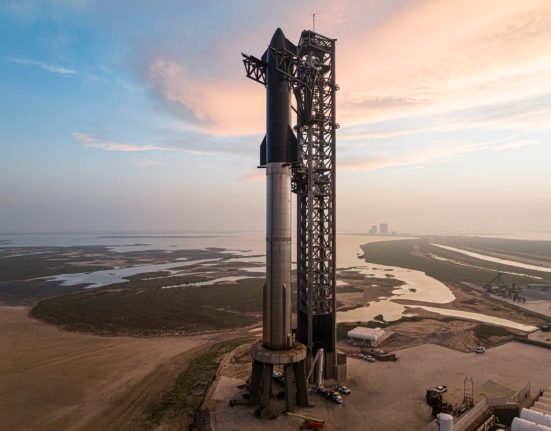
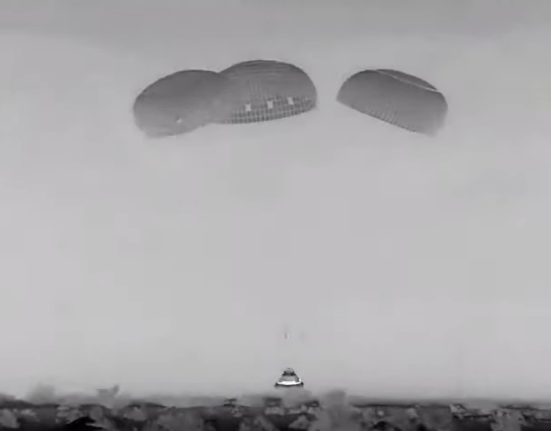
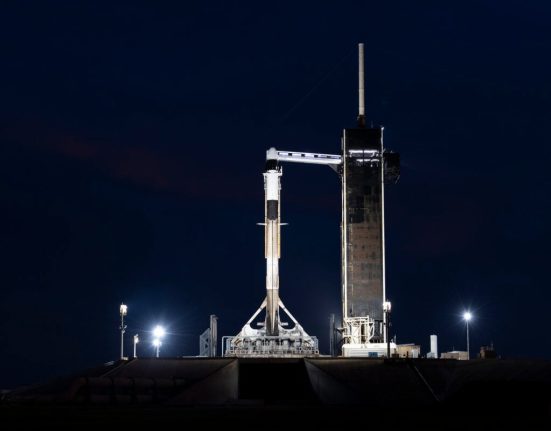
Leave feedback about this